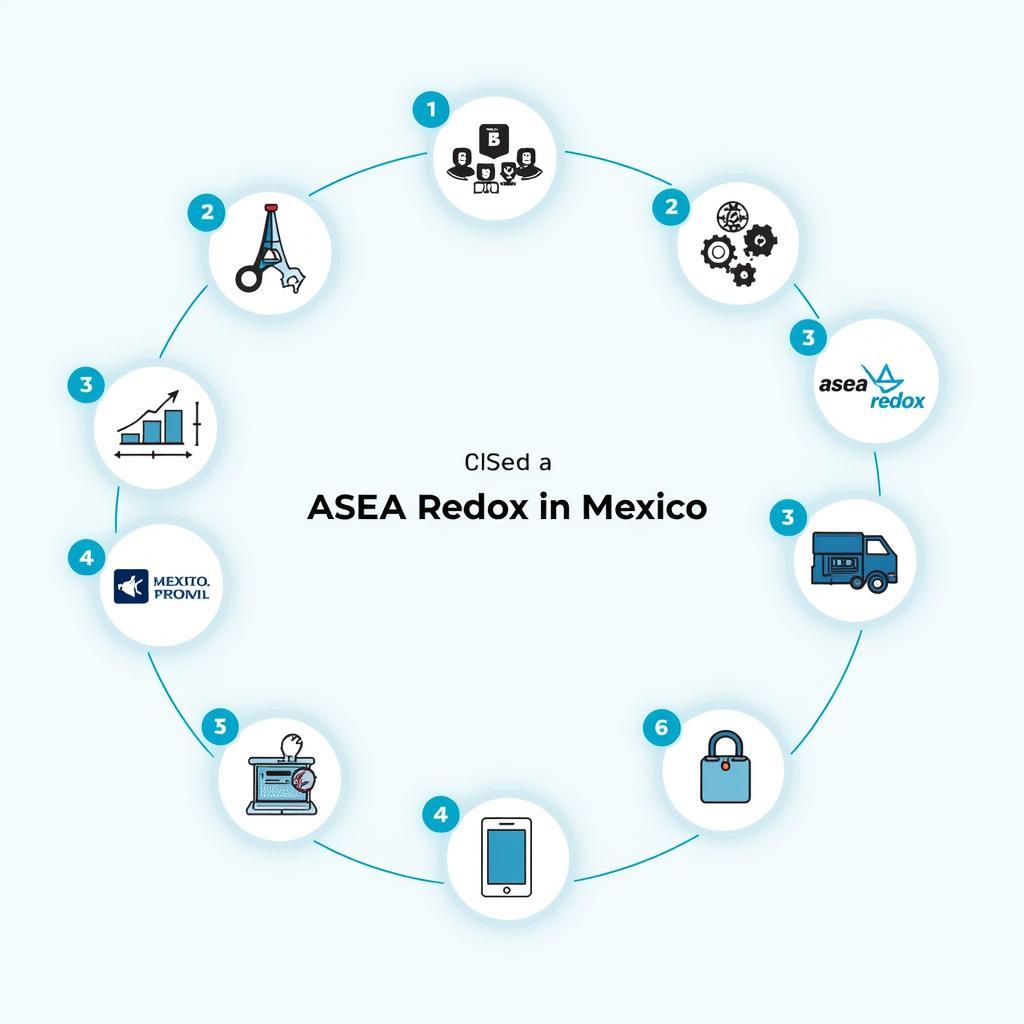The Association of Southeast Asian Nations (ASEAN) has been a beacon of regional cooperation and integration in Southeast Asia for over five decades. Its vision of a politically united and economically integrated region has led to remarkable progress, propelling Southeast Asia into a prominent position on the global stage. However, like any complex undertaking, ASEAN’s integration journey has its share of advantages and disadvantages. This article delves into the multifaceted aspects of ASEAN integration, examining its benefits and challenges.
Advantages of ASEAN Regional Integration
ASEAN’s regional integration has yielded substantial benefits for its member states and the region as a whole. These advantages include:
1. Economic Growth and Development:
One of the most significant benefits of ASEAN integration is the boost to economic growth and development. The free trade agreements, such as the ASEAN Free Trade Area (AFTA), have facilitated the removal of tariffs and other trade barriers, leading to increased trade and investment within the region. This has fostered economic diversification, promoted industrialization, and raised living standards in many ASEAN countries.
“ASEAN’s economic integration has been a catalyst for growth and development in the region, particularly in areas like manufacturing and tourism.” – Dr. Maya Chandra, Economist
2. Enhanced Regional Stability and Security:
ASEAN’s commitment to regional stability and security has played a pivotal role in promoting peace and cooperation within the region. The ASEAN Regional Forum (ARF), a platform for dialogue on security issues, has helped to manage regional conflicts and address security challenges. The ASEAN Charter also underscores the importance of peaceful settlement of disputes and the adherence to international law, contributing to a more stable and secure environment in Southeast Asia.
3. Increased Investment and Foreign Direct Investment (FDI):
The integration process has attracted increased investment and FDI to ASEAN. The creation of a single market and the improved infrastructure within the region have made it more attractive for foreign investors. This influx of investment has stimulated economic activity, created jobs, and contributed to the overall development of ASEAN economies.
4. Improved Infrastructure and Connectivity:
ASEAN’s regional integration has resulted in improved infrastructure and connectivity within the region. The development of transportation networks, such as roads, railways, and airports, has facilitated the movement of goods, people, and ideas, enhancing regional trade and tourism.
5. Increased Economic and Political Influence:
ASEAN’s regional integration has increased the economic and political influence of the region on the global stage. The collective voice of ASEAN has become more potent in international forums, enabling the region to advocate for its interests and shape global policy discussions.
Disadvantages of ASEAN Regional Integration
While ASEAN integration has yielded significant benefits, it also comes with its share of challenges. These disadvantages include:
1. Economic Disparities and Inequality:
One of the key challenges of ASEAN integration is the economic disparities and inequality that persist within the region. The gap between the more developed and less developed countries can hinder the overall progress of integration, as the benefits may not be evenly distributed.
2. Competition and Job Displacement:
The increased competition resulting from free trade can lead to job displacement and social unrest in some sectors. While regional integration creates new opportunities in certain areas, it can also displace workers from industries that are unable to compete with foreign rivals.
3. Cultural Sensitivity and Diversity:
ASEAN’s diverse cultural landscape can present challenges in achieving harmonious integration. The need to respect and accommodate different cultural values and norms can sometimes lead to tensions and misunderstandings.
4. Political Differences and Conflicts:
Despite its commitment to regional stability, ASEAN faces challenges in addressing political differences and conflicts among its members. Disagreements on issues such as territorial disputes and human rights can hinder the progress of integration.
5. Dependence on Major Powers:
ASEAN’s integration efforts can be impacted by its dependence on major powers, such as China and the United States. These powers can influence regional dynamics and potentially affect the balance of power within ASEAN.
Conclusion
ASEAN’s regional integration has been a complex and dynamic process with both advantages and disadvantages. While it has brought about significant economic growth, regional stability, and increased influence, it has also presented challenges such as economic disparities, competition, and political differences.
Moving forward, ASEAN needs to address these challenges to ensure that the benefits of integration are shared more equitably among its member states. This requires a commitment to economic diversification, infrastructure development, and the promotion of good governance and human rights. By working together to address these challenges, ASEAN can solidify its position as a leading force for peace, prosperity, and regional integration in Southeast Asia.
FAQ
Q: What are the main benefits of regional integration in ASEAN?
A: The primary benefits include economic growth, enhanced regional stability, increased investment, improved infrastructure, and greater economic and political influence.
Q: What are the major challenges faced by ASEAN integration?
A: The most prominent challenges are economic disparities, job displacement, cultural sensitivity, political differences, and dependence on major powers.
Q: How can ASEAN overcome these challenges and achieve sustainable integration?
A: ASEAN needs to address these challenges through economic diversification, infrastructure development, good governance, and promoting human rights.
Q: What are some examples of successful ASEAN integration initiatives?
A: Examples include the ASEAN Free Trade Area (AFTA), the ASEAN Regional Forum (ARF), and the ASEAN Economic Community (AEC).
Q: What is the future of ASEAN integration?
A: The future of ASEAN integration is likely to be characterized by further economic and political integration, with a focus on addressing the challenges of inequality and dependence on major powers.
Related Articles
- Advantages and Disadvantages of ASEAN
- ASE vs ICAR
- Advantages and Disadvantages of ASEAN Integration in Education
- Advantages and Disadvantages of ASEAN Summit
Contact Us:
For any inquiries or assistance, please contact us at:
- Phone: 0369020373
- Email: aseanmediadirectory@gmail.com
- Address: Thôn Ngọc Liễn, Hiệp Hòa, Bắc Giang, Việt Nam
We have a 24/7 customer support team ready to help you.
